Safer space travel, carbon-free emissions, and still able to admire the beauty of Earth and the universe. This is what Space Perspective aims for, to take travelers to the edge of space in a high-tech balloon.
Space travel is becoming more competitive than ever, with many projects being actively pursued. However, only Space Perspective hopes to create a method for traveling to the edge of space without carbon emissions.
The Space Tourism Race
Based in Florida, Space Perspective plans to take passengers to altitudes of over 30,000 meters. Travelers will embark on a space adventure in a pressurized cabin suspended beneath a giant, high-tech balloon. Images released in late July showcase the latest design of the passenger capsule named Spaceship Neptune, which has been patented.
The interior of the passenger capsule is more spacious than previous versions. The spherical design allows tourists to stand comfortably while optimizing pressure resistance.
Space Lounge has also been designed luxuriously with deep reclining seats, adjustable lighting, and a fully stocked bar. The windows are reflective, similar to astronauts’ helmets, to maintain a pleasant temperature. Meanwhile, a new thermal control system is pending patent approval.
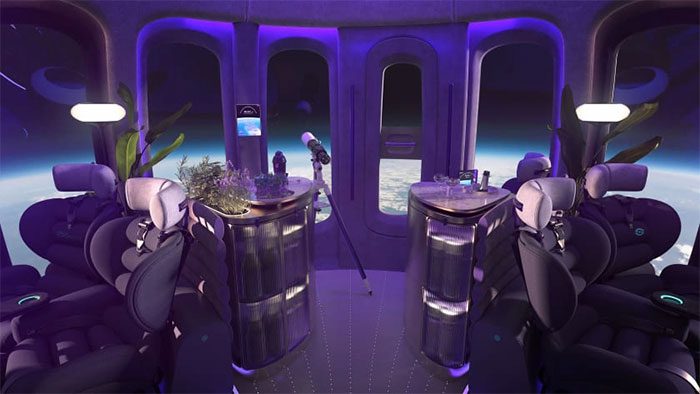
Dan Window and Isabella Trani, from the studio Of My Imagination (OMI) in London, stated: “As transportation designers, we always aspire to the next way and place we take people to.” (Photo: Space Perspective).
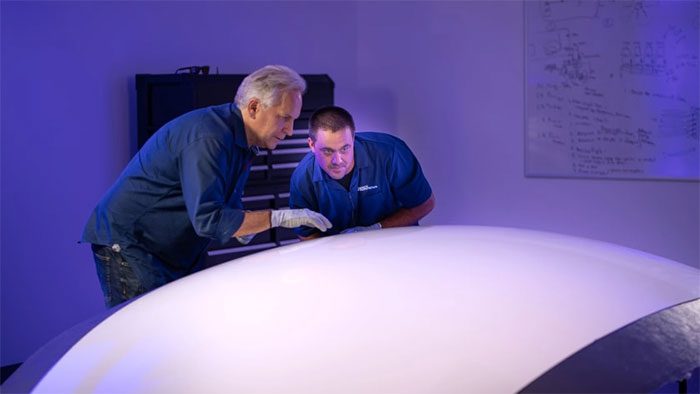
The patented design of the pressurized cabin by Space Perspective is currently being manufactured at a facility near NASA’s Kennedy Space Center in Florida. (Photo: Space Perspective).
Space Perspective collaborated with the London-based studio Of My Imagination (OMI) to create this innovative design. The company boasts of having “the largest windows ever, patented to take to the edge of space.” With this design, travelers can enjoy a 360-degree view of the outside space.
Another improvement includes a conical parachute, also pending patent approval, to allow for smoother and safer landings on the ocean.
In terms of size, the company compares the pressurized cabin to a large room on a cruise ship. Meanwhile, the balloon, when fully expanded, can cover an entire football field.
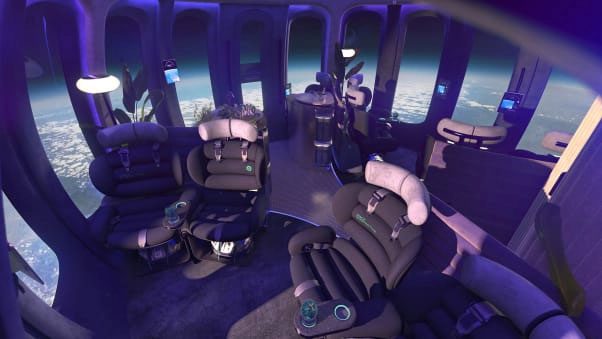
Inside the Space Neptune pressurized cabin. (Photo: Space Perspective).
A $125,000 Space Journey
Space Perspective aims to start carrying passengers by the end of 2024, including 8 passengers on 6-hour flights. Since the balloon remains in the stratosphere, the journey will not require extensive training like that of astronauts. Travelers can also move around the passenger cabin.
The company claims that the trip will be as simple as moving on an airplane. The journey will include 2 hours of gentle ascent through Earth’s atmosphere, followed by an additional 2 hours for passengers to enjoy the view of space. Then, the Space Neptune will spend the last 2 hours descending to the ocean, where passengers will be taken ashore by a boat.
The passenger cabin will be equipped with Wi-Fi so that travelers can stream their experiences to those on the ground. The ship will also have cameras to record activities inside the cabin. Satellite images and 360-degree cameras can zoom in and out of the magnificent scenery.
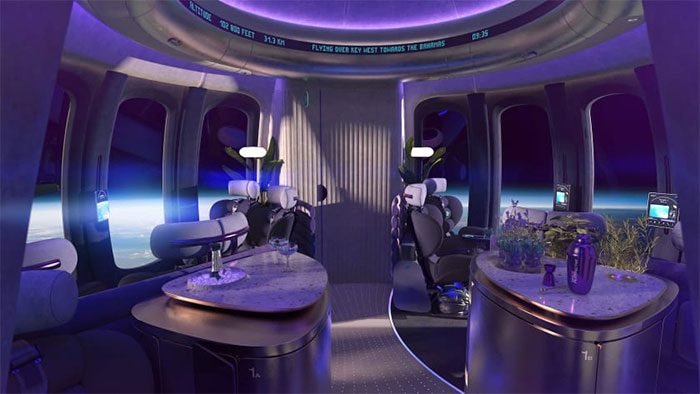
The fully stocked bar will be equipped inside the passenger cabin. Space Perspective also promises to provide travelers with a “cooking experience” on board. (Photo: Space Perspective).
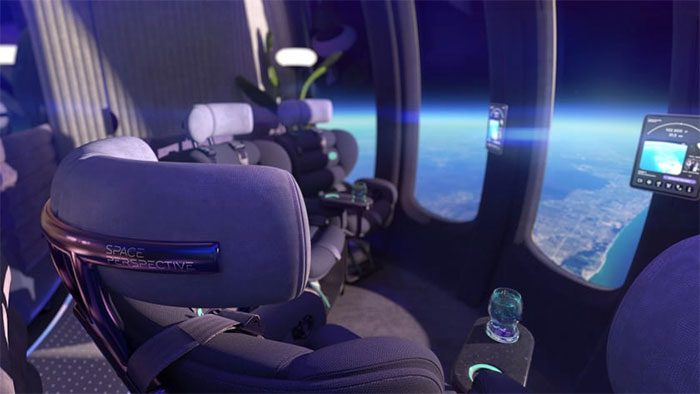
Onboard Wi-Fi will allow travelers to stream their experiences to friends at home. (Photo: Space Perspective).
Given these experiences, it’s no surprise that the ticket price reaches $125,000 per passenger. Nevertheless, Space Perspective reports that 900 tickets have already been sold.
The company is currently accepting reservations for 2025 and beyond, with a deposit of $1,000. Customers can pay through various methods. This attracts more customers, especially those who are brave and unafraid of risks.
The Hydrogen-Fueled Balloon
The co-founders of Space Perspective are Jane Poynter and Taber MacCallum. Previously, they designed air, food, and water systems for the Biosphere 2 project, which simulated Earth’s ecosystem. They lived there for 2 years.
The carbon-free space travel that the company claims is based on the fact that they do not use energy-intensive rockets but instead use balloons to ascend. Due to the limited supply of helium, which is essential for the medical field, Spaceship Neptune uses hydrogen as a substitute.
Space Perspective states: “The gas inside the balloon is lighter than air and allows Neptune to float in Earth’s atmosphere, like an iceberg on water.”
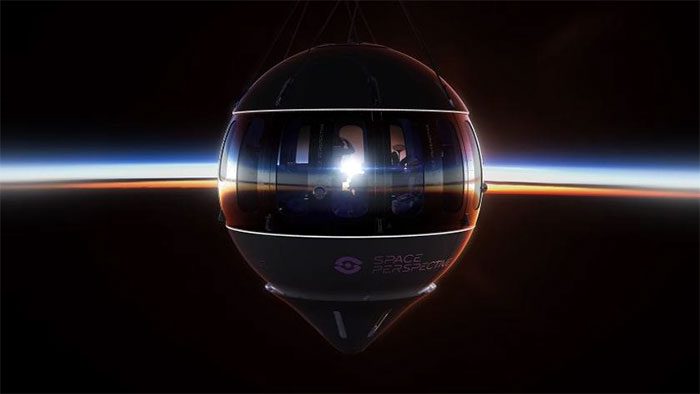
The smooth, curved design of the passenger cabin will create more space than previous versions. (Photo: Space Perspective).
All components of Spaceship Neptune are reusable, except for the balloon’s shell. This part will be recovered by the company at the end of each flight and recycled.
MacCallum stated that centuries of development in ballooning and gliding have proven that using balloons is the simplest, safest, and most powerful solution. The company’s proprietary flight system ensures that the passenger cabin remains connected at all times. They also assert that the conditions for takeoff and landing are always under control.





















































